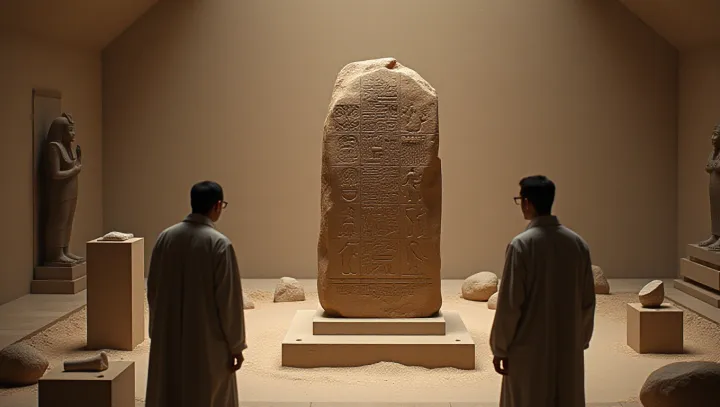The Magic of the Rosetta Stone

In the crux of Egypt's rich tapestry lies the Rosetta Stone, discovered near Rosetta, a town in Egypt, by French soldiers during Napoleon's campaign. It was this artifact, once an obscure stone slab, that would redefine human understanding of ancient Egyptian civilization. The stone, inscribed with the same passage in three scripts - Greek, Demotic, and hieroglyphic - provided the linguistic bridge long sought by scholars.
Its discovery was nothing short of a breakthrough, finally allowing researchers to decipher the once-indecipherable hieroglyphs, thus unlocking centuries of history hidden in stone. Eminent linguists and historians herald its significance. Dr.
Amelia Andrews, a noted Egyptologist, states, 'The Rosetta Stone is an enduring testament to the interconnectedness of cultures and the relentless pursuit of knowledge.' Its contribution has cemented its place as a key artifact in the annals of history. Today, The British Museum in London houses the Rosetta Stone, where it remains a focal point for both scholarly research and public fascination. While new discoveries continue to emerge, the Rosetta Stone's pivotal role in the understanding of ancient Egypt stands unchallenged.
